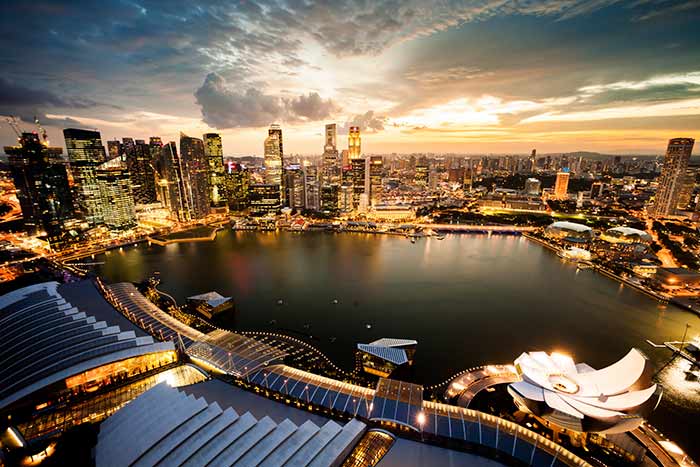web_singapore_istock_63329143_medium.jpg

Singapore
Unveiling the 2% cut to all ministries’ budget caps, finance minister Heng Swee Keat stressed the need to ensure the continued sustainability of public sector spending as the country’s population ages. This has prompted rapidly rising spending needs in sectors like healthcare.
“Previous generations planned ahead and set aside savings when our economy was growing rapidly,” he told the country’s parliament while announcing the budget. “We now benefit from the returns on our reserves.
“With our spending needs increasing, the government must continue to spend judiciously, emphasise value for money, and drive innovation in delivery. We can do better – and more – with less.”
A 2% cut to the budget caps – which are linked to GDP – of all ministries and organisations spending public funds will take effect this year in order for the government to “stay prudent and effective”, he announced.
For ministries that serve security needs or are significantly expanding, namely the home affairs, defence, health and transport ministries, the 2% budget cap cut will be phased in over this year and next.
This year, however, ministries are still expected to spend more than in 2016 (with expenditures to rise by 5.2%, to $2.6bn) and the overall budget surplus is expected to decline by 0.4 percentage points, to $1.3bn.
However, ratings agency Fitch noted that a different measure, which does not include returns on government investments and government top ups to its trust funds, gives a “better gauge of the fiscal stance”.
Under this calculation, the government is in fact in deficit, worth 1.9% of GDP, up from 1.4% last year.
However, it noted that the government’s planned higher spending does “not pose a risk” and that its strong fiscal framework gives the country’s finances significant credibility for the “foreseeable future”.
One of the main features of the budget was substantial investments to drive productivity and support the labour market amid global uncertainties and economic stagnation.
Heng said the government would be looking to secure one percentage point more growth this year after the economy grew by 2% in 2016.
“This is within range, but at the lower end of our potential,” he said, highlighting that the measures he was about to announce would address the issues triggering uneven performance across different sectors.
These include giveaways to specific industries, such as a deferral on foreign worker levies in the marine sector, $423m in capital to help Singapore-based firms globalise and support for small- and medium-sized businesses looking to digitalise or innovate.
More broadly, the budget contains: $423m to help firms cope with rising wages; support for skills; an increase in the corporate tax rebate cap to 50% of tax payable; a combined $1.1bn for the government’s research and productivity funds; infrastructure investments worth $599m; and $56m for cyber-security initiatives.
Not everyone will benefit from the new budget, however. Power stations and other utility companies will be hit with a carbon tax from 2019 worth between $7-14 per ton of greenhouse gas emissions. Meanwhile, citizens can expect a 30% increase in the price of water – the first in two decades.













